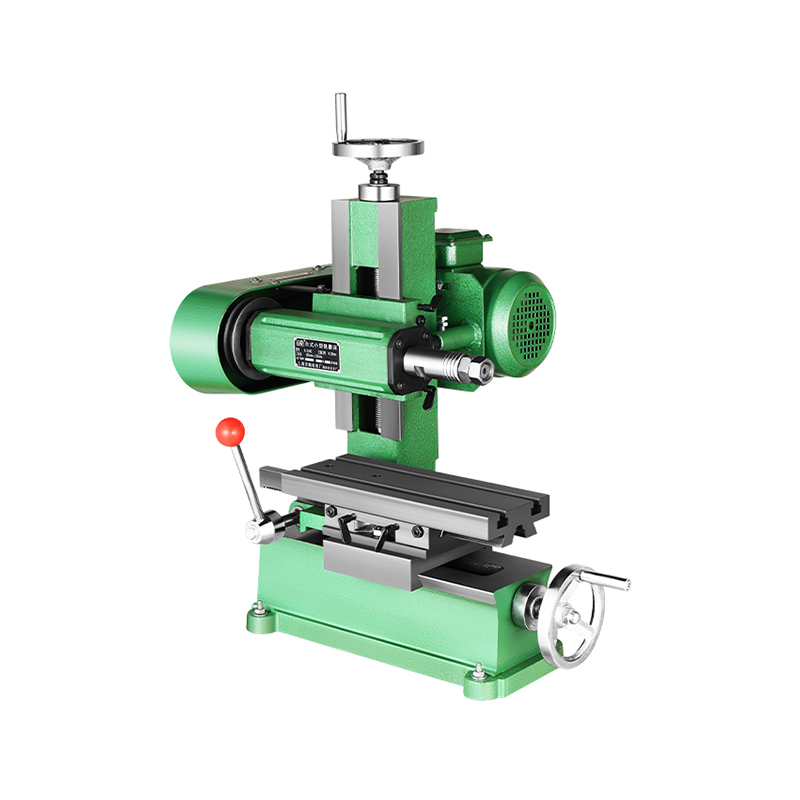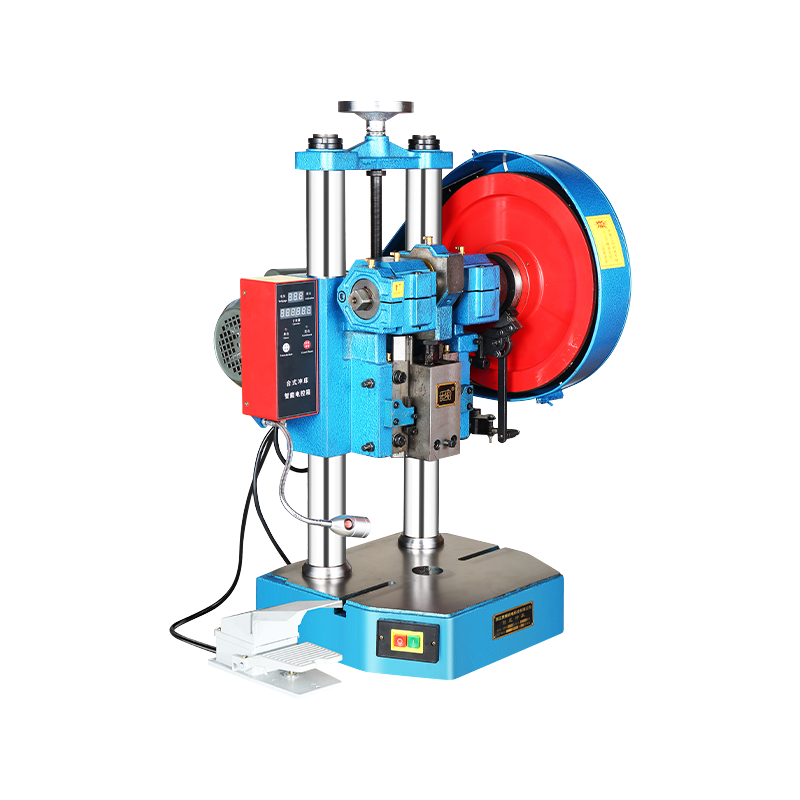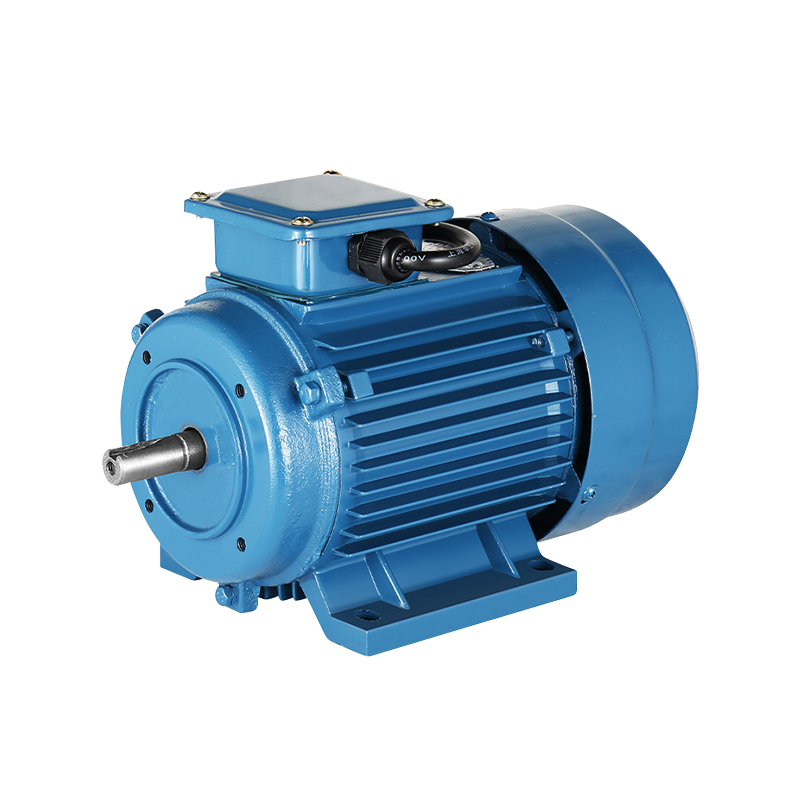How Desktop Mini Milling and Grinding Machine Designs Are Evolving with Modern Manufacturing Needs
In response to the evolving demands of modern manufacturing, the tools and machinery employed in small-scale and precision tasks have undergone significant transformation. Among the adaptable tools in contemporary workshops are the Desktop Mini Milling and Grinding Machines. These machines, despite their compact size, pack a powerful punch and have become a vital component in a variety of sectors, ranging from prototyping to hobbyist endeavors. Over time, these machines have witnessed substantial enhancements in their design and capabilities, aligning with the shifting requirements of the manufacturing landscape.
A key development in the design of Desktop Mini Milling and Grinding Machines is the marked increase in precision. With manufacturing processes increasingly requiring higher levels of accuracy, particularly for prototyping and small-scale production runs, these machines have evolved to meet these demands with more sophisticated engineering solutions.
The iterations of Desktop Mini Milling and Grinding Machines boast advanced linear guides, precision ball screws, and spindles. These enhancements significantly reduce backlash and enhance positioning accuracy, enabling meticulous adjustments and exceptional outcomes on intricate materials. This heightened precision has rendered these machines increasingly appealing to industries that demand stringent tolerances, such as electronics, jewelry crafting, and micro-engineering.
In response to the increasing complexity of manufacturing processes, Desktop Mini Milling and Grinding Machine manufacturers have integrated more sophisticated digital control systems. These machines now feature user-friendly interfaces with touchscreen panels, making it easier for operators to control and monitor various parameters, such as speed, feed rate, and tool positioning.
Modern Desktop Mini Milling and Grinding Machines are designed to handle a wider range of materials. While older models were mainly restricted to softer materials like wood and plastic, the models can mill and grind tougher materials, including metals and composites. With advancements in motor technology and tool compatibility, these machines are now more adaptable to the needs of industries like automotive, aerospace, and medical device manufacturing.
Some Desktop Mini Milling and Grinding Machines come with adjustable tool holders, allowing users to switch between different tools like end mills, drill bits, and grinding wheels, expanding their range of capabilities. This flexibility is essential for users working with varied materials, from soft plastics to harder metals, all within a compact desktop footprint.
As small-scale manufacturing becomes more prevalent, many businesses and hobbyists are working in smaller spaces. In response, Desktop Mini Milling and Grinding Machines have become more compact without sacrificing performance. The evolution of these machines has been driven by the need to enhance workspace efficiency without compromising on cutting or grinding capabilities.
Modern designs focus on reducing the footprint while still delivering the necessary power and precision for a variety of tasks. This has made them more accessible to individuals, small workshops, and educational institutions, where space is often limited.
As Desktop Mini Milling and Grinding Machines evolve, safety has become a priority in design. Older models lacked many of the protective features now standard in modern machines. Today, machines are equipped with features like emergency stop buttons, dust collection systems, and safety shields to protect operators from debris or accidental contact with the moving parts.
The design of Desktop Mini Milling and Grinding Machines has evolved significantly in response to modern manufacturing needs. Improvements in precision, user interface, material compatibility, safety features, and integration with digital technologies have made these machines more powerful and accessible than ever before. As industries continue to demand greater efficiency and flexibility, these machines will continue to adapt, offering solutions that meet the growing needs of both professional manufacturers and hobbyists alike. Whether for prototyping, small-batch production, or detailed work, the future of Desktop Mini Milling and Grinding Machines looks bright, with even more exciting developments on the horizon.

-
Feedback

 English
English 中文简体
中文简体






